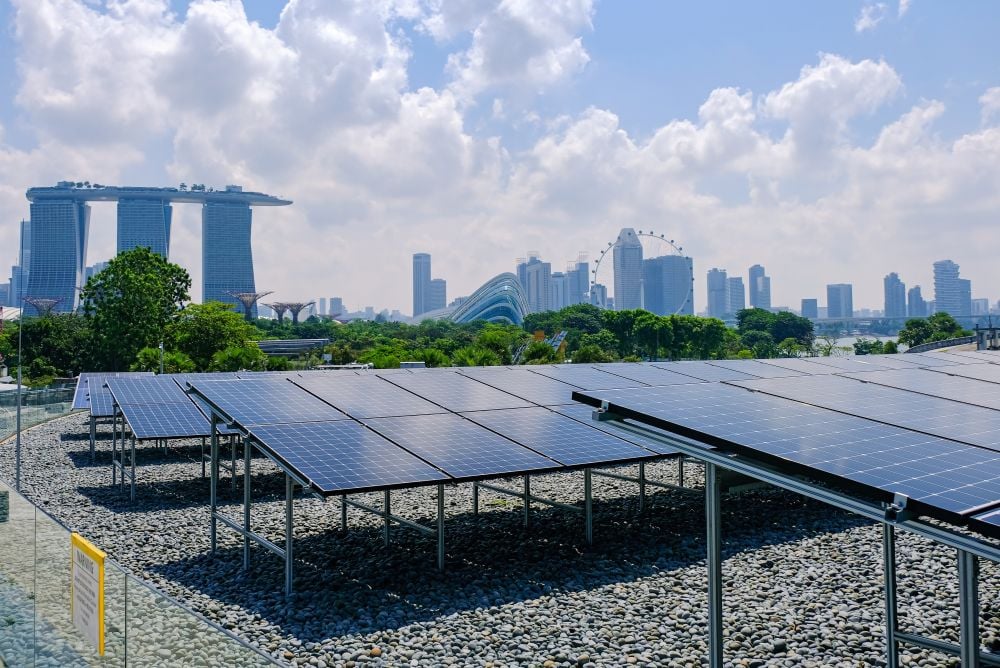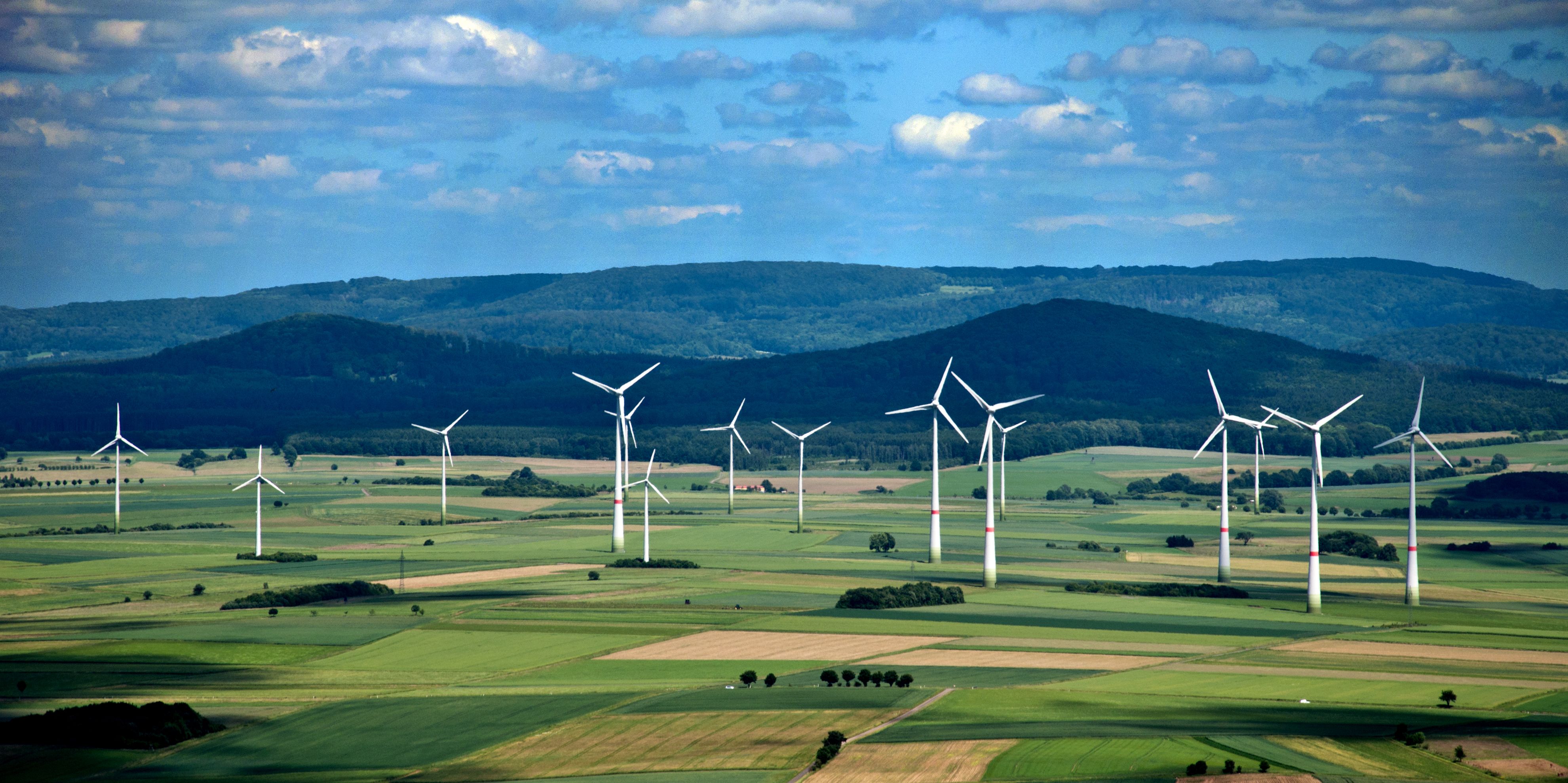Through its issuance of another green sukuk, the Republic of Indonesia (RoI) is clearly signalling to the markets is commitment to global sustainable financing.
The sovereign on January 12 priced a Reg S/144 dual-tranche sukuk offering totalling US$2 billion, including a US$750 million green sukuk. The 5.5-year issue was priced at par with a periodic distribution rate of 3.90% per annum, representing a spread of 140.7bp over the US treasuries.
The other tranche was a conventional sukuk amounting to US$1.25 billion for 10 years, which was also priced at par with a periodic distribution rate 4.45% per annum. This was equivalent to a spread of 176.4bp over the US treasuries.
The green sukuk issuance by RoI followed its inaugural deal in February 2018 amounting to US$1.25 billion – the first-ever such transaction from a sovereign issuer. That deal was for five years with a profit rate of 3.75%.
In executing the latest transaction, RoI took advantage of an opportunistic window within a period of heightened volatility in the global capital markets. It was able to generate an oversubscription of close to 3.8x and printed the deal at 25bp to 30bp tighter than the initial price guidance for both tranches.
Proceeds from the green sukuk will be used exclusively to finance or refinance expenditures directly related to eligible green projects as defined by RoI’s green bond and green sukuk framework. The proceeds from the conventional sukuk, on the other hand, will be allocated to meet part of the country’s general financing requirements. The sukuk are structured based on the Shariah principle of wakala.
The assets under the issuance consist of state-owned assets, including land and buildings (51%) and project assets which are under construction or to be constructed (49%).
The transaction was supported by high quality accounts, reinforcing the robustness and the depth of the sukuk market, as well as the strong investor appetite for the issuance. The green sukuk attracted a total demand of US$2.1 billion from 117 accounts with 29% of the paper allocated in Middle East and Malaysia, 23% in the US, 22% in Europe, 10% in Indonesia and 16% in rest of Asia.
By type of investors, fund and asset managers accounted for 31%, banks 23%, central banks and official institutions 21%, insurance companies and pension funds 17% and other investors 8%.
The conventional sukuk garnered a bigger order book of over US$4.5 billion from 162 accounts. By geographical distribution, 30% was sold in the Middle East and Malaysia, 26% in the US, 21% in Europe, 8% in Indonesia and 15% in rest of Asia.
Fund and asset managers accounted for almost half of the paper at 49%, with banks taking 32%, insurance companies and pension funds 7%, central banks and official institutions 3% and other investors 9%.
CICERO provided the second party opinion on the green sukuk, with HSBC acting as the green structuring adviser. The bank was also a joint bookrunner and lead manager in the transaction, along with Deutsche Bank, Dubai Islamic Bank, Mandiri Securities and Malayan Banking, while Bahana Sekuritas, Danareksa Sekuritas and Trimegah Sekuritas Indonesia acted as co-managers.









